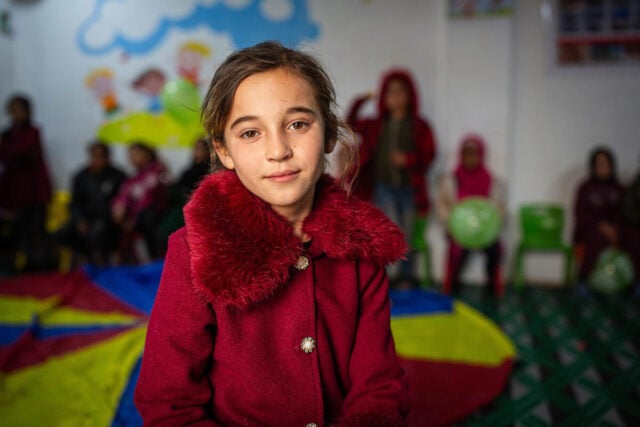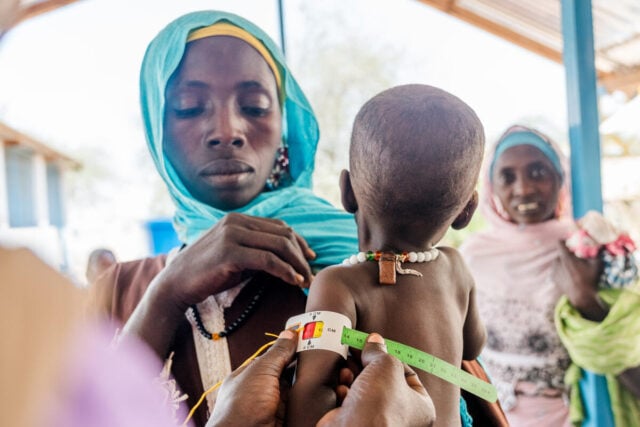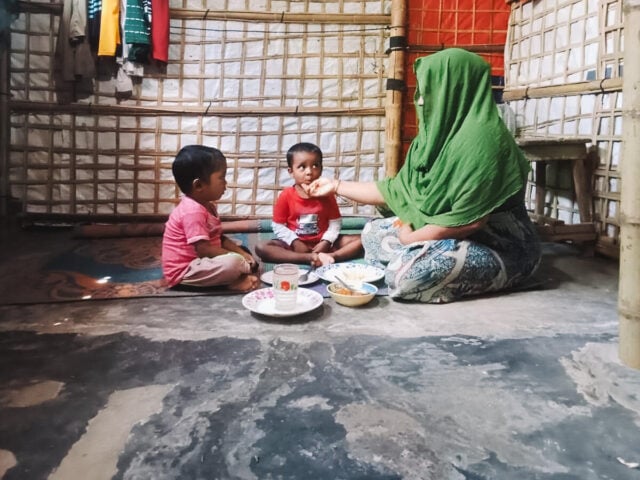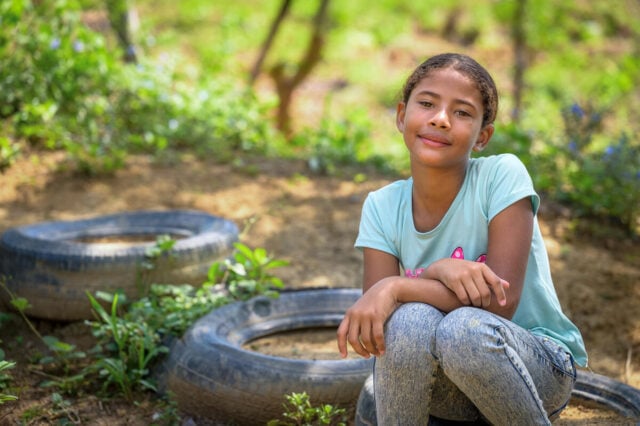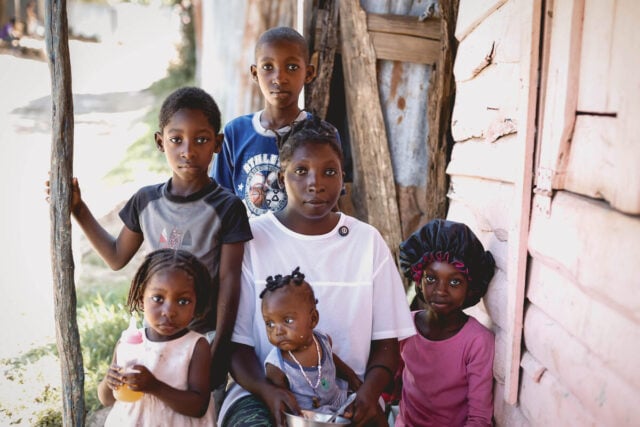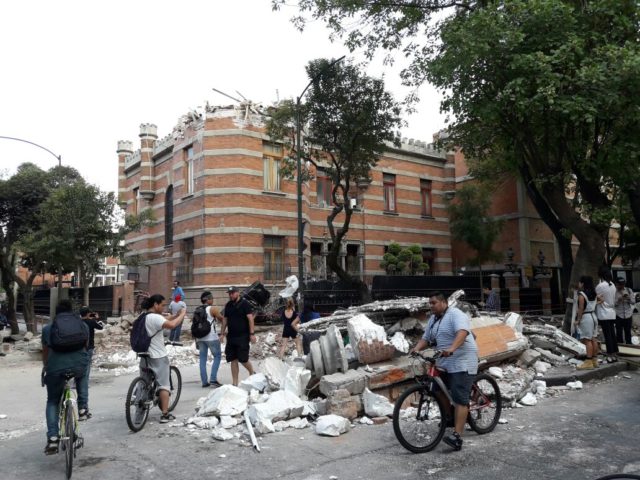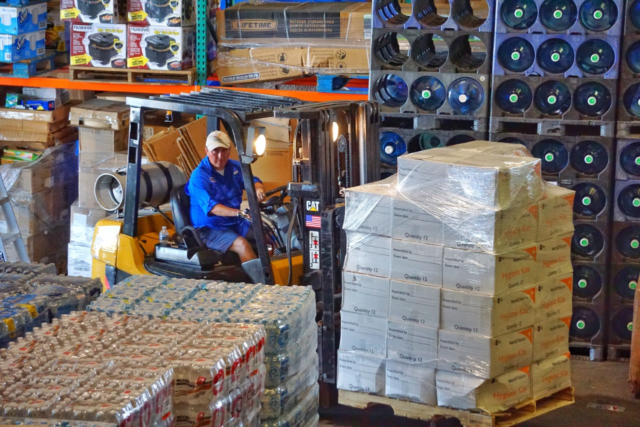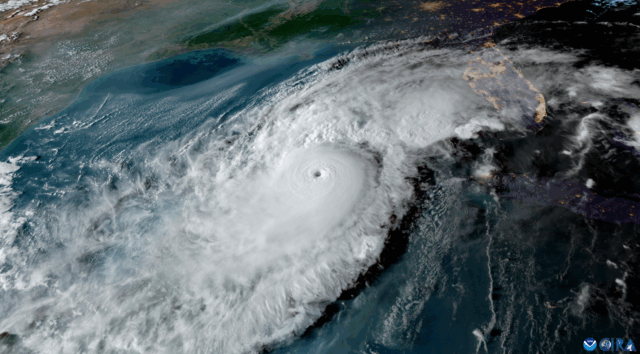The Syrian refugee crisis is one of the world’s largest, with approximately 16.5 million people in need of humanitarian aid in 2024, including 7.5 million children. Following an escalation of violence in northwest Syria in late November 2024, at least 1 million people have been newly displaced, the majority of whom are women and children. Hundreds of thousands more are in need of support. Learn how World Vision is supporting families in Syria amid uncertainty.
News & Stories
FAQ
What is a refugee?
The number of refugees globally has reached 42.7 million, and their needs have never been greater, not only for the basic necessities of life, but also for hope and opportunities to be self-sufficient. Explore the challenges faced by refugees and find out more about the global refugee crisis.
Rohingya refugee crisis: Facts, FAQs, and how to help
Since 2017, nearly 1 million Rohingya people have fled Myanmar to escape violence. Now in Cox’s Bazar, Bangladesh, they live in the world’s largest refugee camp, relying on humanitarian aid to survive. More than half are children. Learn about the ongoing Rohingya refugee crisis and how World Vision is helping impacted communities.
Venezuela crisis: Facts, FAQs, and how to help
Ongoing turmoil and economic decline in Venezuela since 2014 have driven more than 6.8 million people from the country in search of food, work, and better living conditions. While the influx from Venezuela has caused tensions in host countries, it’s also brought out their hospitable spirit. Learn how World Vision is supporting children and families across the region impacted by the Venezuela crisis.
Haiti crisis: Facts, FAQs, and how to help
The current situation in Haiti is dire, with escalating gang violence, sociopolitical instability, a cholera epidemic, and now the threat of Hurricane Melissa, all endangering vulnerable populations. Learn more about the situation that is affecting millions of people in Haiti and how World Vision is responding to the crises.
2017 Mexico earthquakes: Facts, FAQs, and how to help
In September 2017, a series of deadly earthquakes jolted Mexico just 12 days apart, causing widespread devastation. One powerful quake hit central Mexico on September 19, becoming the deadliest in the country since 1985. Learn more about the 2017 Mexico earthquakes, how they impacted communities, and how your support aided World Vision relief efforts.
2019 Hurricane Dorian: Facts, FAQs, and how to help
Hurricane Dorian, the strongest storm to ever hit the Bahamas, struck in 2019. Learn how World Vision helped communities recover from the Category 5 disaster.
Hurricanes: Facts, FAQs, how to help
Discover key facts about hurricanes, gain a deeper understanding of one of nature’s most destructive forces, learn effective strategies for hurricane preparedness, and explore ways to support people affected by these devastating storms.
Myanmar earthquake: Facts, FAQs, and how to help
A powerful 7.7 magnitude earthquake struck central Myanmar near Mandalay on March 28, 2025, causing widespread destruction and casualties in both Myanmar and neighboring Thailand. Learn how World Vision is responding.
Tornadoes: Facts, FAQs, and how to help
Discover the power of tornadoes and the devastation their furious winds can cause. Learn important tornado facts and expert tips on how to prepare for these natural disasters in the United States.
